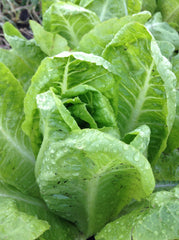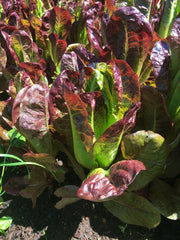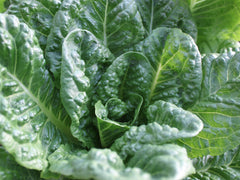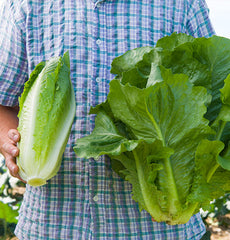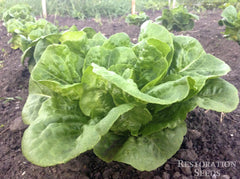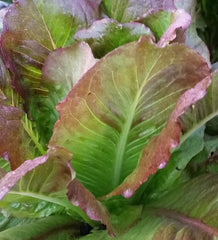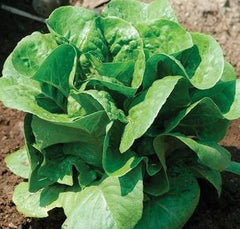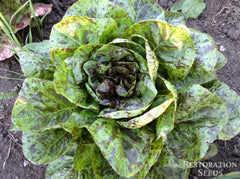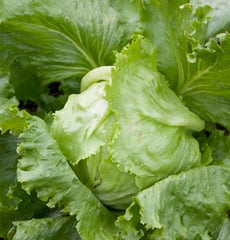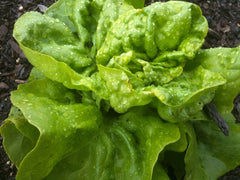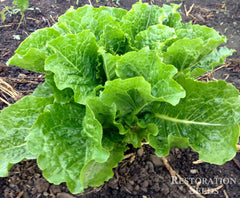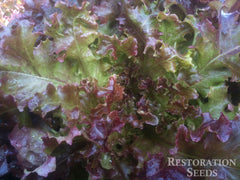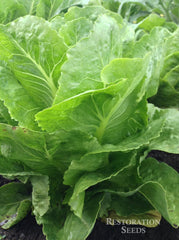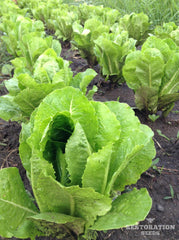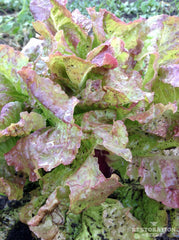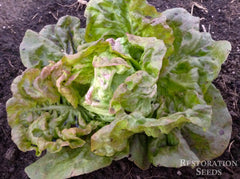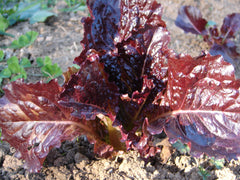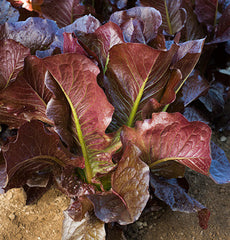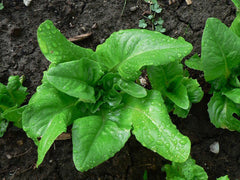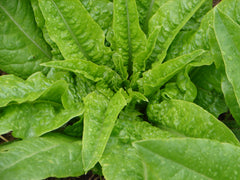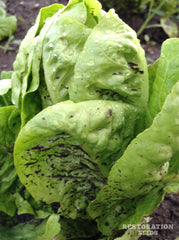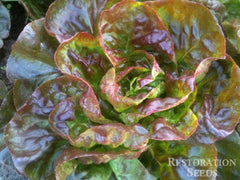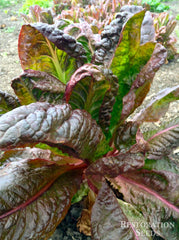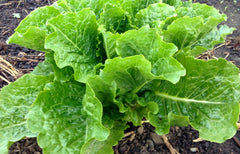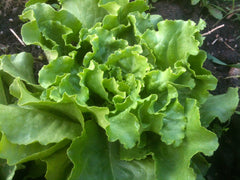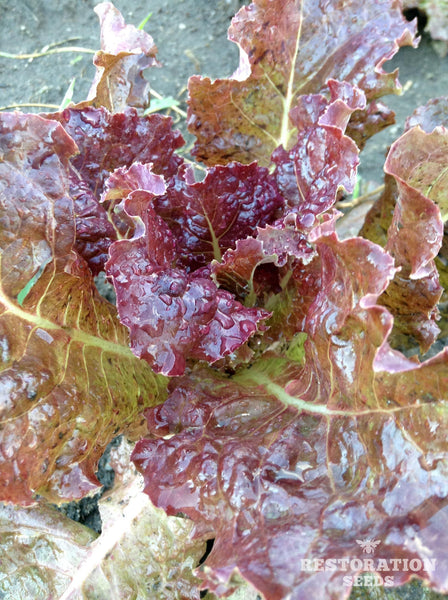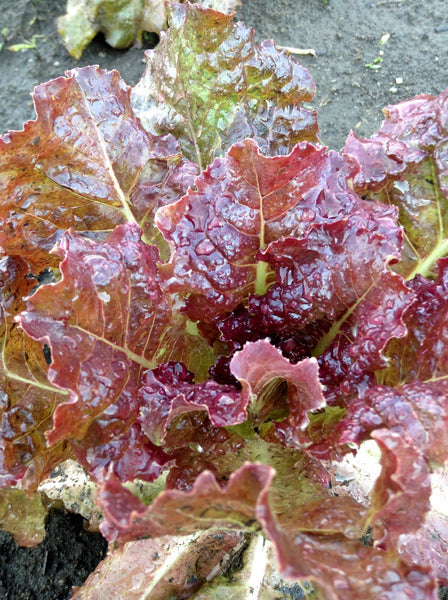Red Flamingo
Lactuca sativa
HOW TO GROW LETTUCE
Start indoors 4-5 weeks before last frost, plant out 4 weeks before frost. For fall harvest, transplant 8–10 weeks before first frost. Direct seed after last frost 1” apart, thin. Plant every 2–3 weeks to ensure continuous crop. Avoid sowing one long row all at once. Choose bolt-resistant varieties for summer harvest. Lettuce seed can enter thermal dormancy at high temperatures, see optimum germination temps. For continuous winter cold frame harvest from Elliot Coleman’s book ‘The New Organic Grower’: September 1 to 10, sow every 3-1/2 days. September 10 to 18, every 2 days, September 18 to October 10, every 3-1/2 days, October 10 to November 15, every 7 days. November 15 to December 15, every 10 days. Soil pH 6.0-6.8. Hardiness zones 6-9. Annual.
Days from maturity calculated from the date of seeding. Average 22,400 seeds per ounce. Average 131M seeds per acre. Federal germination standard: 80%. Usual seed life: 3 years. Isolation distance for seed saving: 25 feet.
Planting Depth 1/4”
Soil Temp. Germ. 60–68˚F
Days to Germ. 5-14
Plant Spacing 10-12”
Row Spacing 16-18”
Days To Maturity 50-60
Full Sun, Moist Well Drained
Days from maturity calculated from the date of seeding. Average 22,400 seeds per ounce. Average 131M seeds per acre. Federal germination standard: 80%. Usual seed life: 3 years. Isolation distance for seed saving: 25 feet.
Planting Depth 1/4”
Soil Temp. Germ. 60–68˚F
Days to Germ. 5-14
Plant Spacing 10-12”
Row Spacing 16-18”
Days To Maturity 50-60
Full Sun, Moist Well Drained
- 300 Seeds$4.10
- 3000 Seeds$15.50
Red romaine with open head, savoy leaves. Cold tolerant, good for low maintenance gardens and the Pacific Northwest. Sourced from the late Dr. Alan Kapuler of Peace Seeds in Corvallis, Oregon. Tags: Type: Romaine/Cos, Color: Red, Season: Spring Fall Winter, Certification: Organic.
Meet Your Farmer
We promote fair trade, organic practices and environmental responsibility throughout the Restoration Seeds supply chain. Below are the family farmers and seed suppliers who bring our open pollinated seeds to you.
Feral Farm
Certified Organic by CCOF
Seed grower since 2015


I started growing seed commercially as an apprentice at the Organic Farm School in the Puget Sound in Washington. I already loved growing vegetables, but taking a plant all the way through its life cycle felt like a special kind of honor, and I quickly saw the value in sustaining organic, important, and rare plant varieties and participating in sustainable food systems in this way. I moved to Oregon in 2015 and have been growing my organic seed farming business over the last four seasons by renting land from existing farms and slowly taking on higher volumes and more varieties. I’m currently growing 1.6 acres of certified organic seed crops and heirloom garlic.
Reviews
